TOLUENE
Toluene is a liquid chemical compound utilized in the manufacturing of many commercial products, including paints and glues.
Colorless and insoluble in water, toluene can be dangerous when its fumes are inhaled, causing neurological damage and intoxication. Because of this, toluene is sometimes abused as an inhalant drug. Individuals who use paints and thinners frequently, like those who work with such products professionally, wear face masks in order to minimize the inhalation of toluene.
Beyond its uses, however, toluene’s chemical structure is quite interesting of its own accord.
Toluene is considered an aromatic compound because a benzene ring is present in its chemical structure. A benzene ring is present when there are six carbon (C) atoms that connect to one another with alternating double bonds, creating a hexagonal ‘ring’. In the case of toluene, the carbon atoms are at each edge of the hexagon.
Because toluene is both an aromatic compound and a hydrocarbon, these name qualifiers may be combined, making the compound an aromatic hydrocarbon. The chemical structure also shows that there is a methyl group, which is -CH3 attached to the benzene ring, the reason why it is also called methyl-benzene.
World toluene demand in 2006 was 23m tonnes with Asia surpassing North America as the largest consuming region, according to US-based consultant CMAI. More than 50% of toluene demand is used in the production of benzene and xylenes, around 25% in solvents and 7-8% in the TDI, benzoic acid and caprolactam. Around 15% of demand is accounted for by gasoline.
Toluene demand growth in Europe is expected to be positive but low at a rate less than GDP. Demand will get a fillip in 2009 following the start-up of ExxonMobil’s new TDP unit in Rotterdam, the Netherlands.

APPLICATIONS
Precursor to other chemicals Like Benzene and Xylene, paints, paint thinners, silicone sealants, many chemical reactants, rubber, printing ink, adhesives (glues), lacquers, leather tanners, disinfectants, octane booster, recreational drug, nanotubes and fullerenes, etc.

